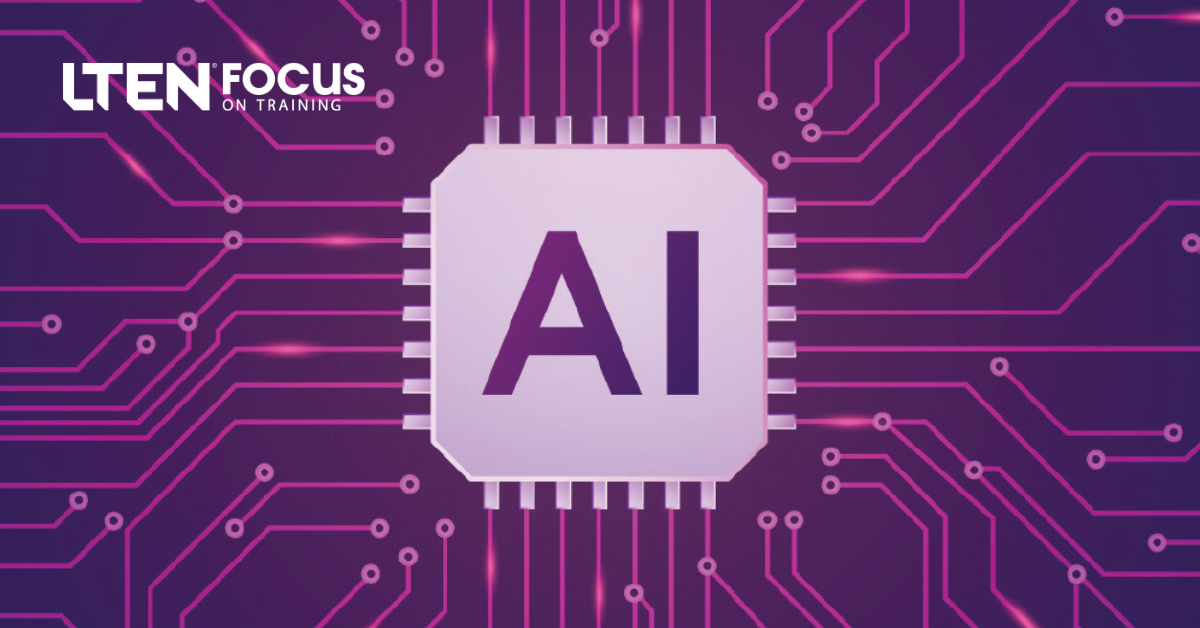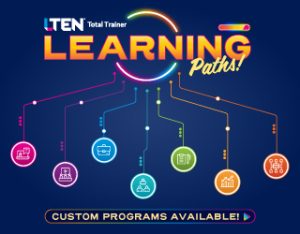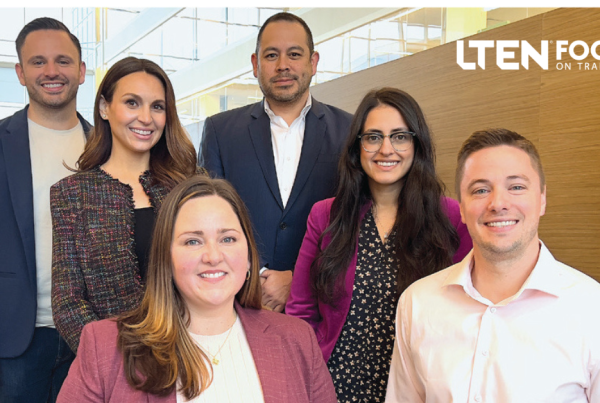
ARTIFICIAL INTELLIGENCE – By Vijayshree Rautela
“By far, the greatest danger of artificial intelligence is that people conclude too early that they understand it.” — Eliezer Yudkowsky
 We are in the artificial intelligence(AI) era that is taking every industry by storm. Learning and training are not far behind.
We are in the artificial intelligence(AI) era that is taking every industry by storm. Learning and training are not far behind.
There are so many AI-powered training tools available to enable training, and new ones are being created every day. These promise to transform the kind of effort that has been historically put into designing, creating and implementing training.
AI-Powered Training Tools
We have all had a flavor of AI in some form or the another, the most common source being our cellphones with their AI-powered stickers and images, virtual digital assistant and facial recognition, to name a few.
So, what are AI-powered training tools? Are they some kind of robots who takeover your role as a trainer, instructional designer, developer and so forth related to creating and implementing training?
As per Britannica, artificial intelligence (AI), is “the ability of a digital computer or computer controlled robot to perform tasks commonly associated with intelligent beings. The term is frequently applied to the project of developing systems endowed with the intellectual processes characteristic of humans, such as the ability to reason, discover meaning, generalize or learn from past experience.”
That definition sure sounded daunting to me, until I used some AI-powered tools for creating training. And I was pleasantly surprised.
 ChatGPT
ChatGPT
Let’s take ChatGPT for instance. As per Wikipedia, “ChatGPT (Chat Generative Pre- Trained Transformer) is a chatbot developed by OpenAI and launched on November 30, 2022. Based on a large language model, it enables users to refine and steer a conversation toward a desired length, format, style, level of detail and language. Successive prompts and replies, known as prompt engineering, are considered at each conversation stage as a context.”
On the verge of a new elearning course, I decided to test the free version of ChatGPT and see if it can come up with a storyboard for Microsoft Word Level 1elearning for adult learners.
Figure 1 shows a sample of the output from ChatGPT within literally a few seconds of typing my question.
I have to say I was impressed. On the same topic thread, I typed into the ChatGPT text prompt to create a four-question quiz on this topic. And it gave me an output in just a few seconds with questions on the content specified in the outline.
And all of this was from the free version of ChatGPT and not the paid one. I was barely past a couple sips of my tea, and I had an entire course structure and quiz created for me. I would make a few tweaks and additions to it, but it was a great start. I would have otherwise had to research and think through the content to create a storyboard. Not to mention plan the flow and structure of the content.
Microsoft Copilot
Released in February 2023, this is Microsoft’s version of ChatGPT, with a difference. While ChatGPT can only generate textual information for your questions, Copilot can additionally generate images and offers additional functionality on queries.
I did try my Word storyboard with Copilot and got an output that was different in flow and description. It included all that I needed in terms of content and flow to get me started. It is a relief to know that each tool offers its own unique answers to questions.
Copilot’s support is now extended to Microsoft 365 too. If you want to create a content outline, for example, and are working out of Word in Office 365, you can use the Copilot’s text prompt “Draft with Copilot” to create a content outline on the required topic.
We do have to keep in mind that ChatGPT and its contemporaries are not just an automated form of Google search – these do create original content that is intelligently organized sequentially. However, when one looks at the output of the AI-powered tools, we have to remember that data is being pulled from a wider knowledge base of the Web. It’s always a good idea to confirm the accuracy and plagiarism of content.
Similar to ChatGPT and Copilot is Google’s Gemini, another chatbot. However, it could not create a storyboard the way ChatGPT and Copilot did and only provided a brief framework on the related content.
AI-Powered Creativity
Next, I needed images, audio, animation and an audio-video script based on the above storyboard. The Future Tools website offered me at my fingertips countless AI-powered tools for image capturing, text-to-speech, text-to-video with AI voices, speech-to-text, generative video, digital arts and graphics and more. The website provides users the option to select from open source, free and paid tools. I felt like a toddler in a toy shop, surrounded by the options, each promising to give results in minutes.
Industry-Recognized Tools & AI
Trust always comes from established organizations and leaders. Almost every industry recognized tool used for training and creatives has jumped onto the AI bandwagon.
In the creative field, Adobe is not far behind. Take their Adobe Sensei that uses AI and machine learning (ML) across the Adobe platform in Creative Cloud, Document Cloud and Experience Cloud. It provides creative recommendations based on the task a user performs, automates enhancements in editing videos and images, and provides additional AI-powered functionality that saves time and boosts creativity.
In addition, Adobe is adding AI functionality to its various products such as Photoshop, Illustrator and other creative software programs. You can just add a text prompt to add a design element to pictures such as add green mountains to scenery, for example. And it’ll do it for you in seconds.
Adobe Captivate has begun offering its new version, AI-powered recommendation engine. Articulate, another industry-recognized e-learning authoring tool, is integrating AI tools.
Are you an online instructor? Here’s some exciting news for you if you use Zoom. Zoom came up with Zoom.ai, which is a chat-based productivity tool. Or you can call it your AI assistant. It can generate meeting notes, assign action items for attendees based on the meeting information and offers its digital whiteboard to help generate ideas, to mention a few of its capabilities.
Tips to Use AI-Powered Tools
AI outputs what you feed it, so if your question is very general, you’ll get a very general answer. The trick is to be as specific as possible. For example, for my Word Storyboard, I specified Storyboard for Word Level 1 with target audience as adult learners. If I had asked for a lesson plan or flash cards, the output would have been different.
Then, it’s always a good idea to build on what you have started instead of starting a new query. For example, my next follow-up query was to generate four questions. I did not have to specify level 1 or Word again as it was the same topic thread. ChatGPT and Microsoft Copilot just built on the topic, based on what was already generated.
Humans vs. AI
So, does that mean I won’t have to use my brain anymore? The fun and enjoyment of researching content, creating and designing storyboards, objectives, lesson plans, interactive courses and all that goes into creating synchronous, asynchronous, hybrid and other forms of training is going to be taken away by AI?
What happens to the compliances related to training?
Technology is always changing. As professionals in the training and learning industry, we are already accustomed to that. Training tools and software with their frequent version changes and upgrades have taught us that.
The challenge in training has always been how to create the most impactful, engaging and scalable training in the most minimal time. AI-powered training tools offer an answer to this with solutions in a matter of minutes. These tools promise to save time and effort, which is key.
AI’s Transformation
We have come a long way from creating elearning training courses that were HTML-coded manually to using authoring tools that did them for you to today’s AI-powered training tools. Expression of creativity has only gotten easier and engaging learners has only gotten better.
AI is still in its infancy. How it grows and the security and compliances that will define its role in training remain to be seen.
 Vijayshree Rautela is an instructional design & training specialist. Email her at rautelashree@hotmail.com or connect through linkedin.com/in/vrautela.
Vijayshree Rautela is an instructional design & training specialist. Email her at rautelashree@hotmail.com or connect through linkedin.com/in/vrautela.








